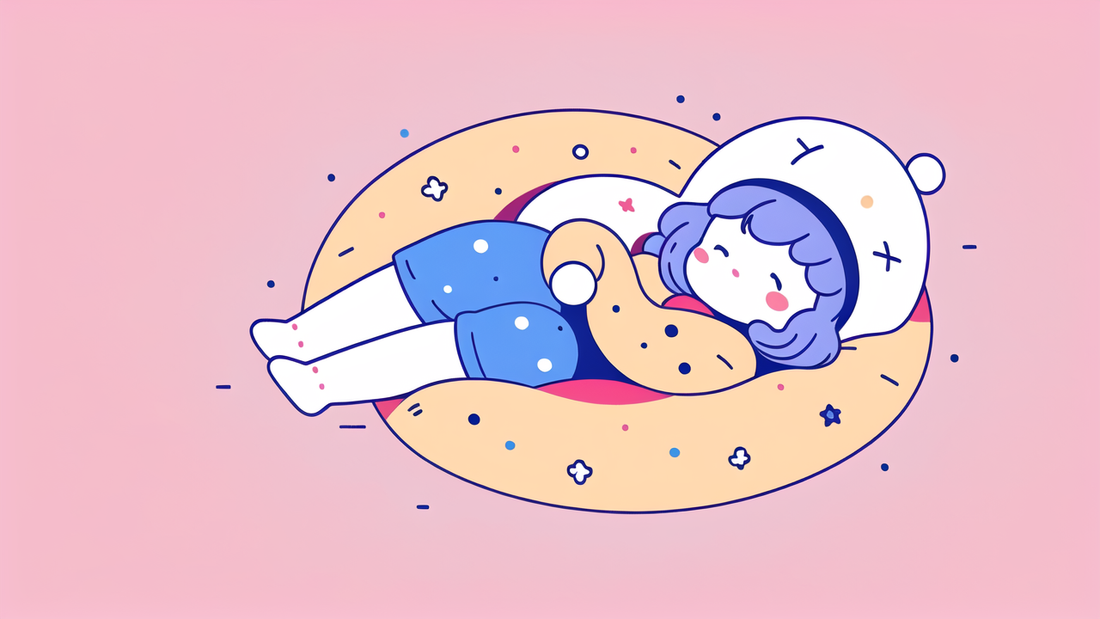
Cozy and Safe: The Ultimate Guide to Winter Baby Essentials
Essential Winter Baby Gear for New Parents
Understanding the Basics of Winter Clothing for Babies
Winter clothing for babies is crucial for their comfort and safety. Layering is key. Start with a thin,

breathable base layer. Add a warm middle layer like fleece. Finish with a waterproof outer layer.
Always check your baby's temperature. They can't regulate body heat well. Look for signs of
overheating or being too cold. Avoid bulky clothes in car seats. They can compress in a crash,
reducing safety. Opt for thin, warm layers instead. Remember, babies need one more layer than adults.
Best Winter Baby Apparel: Top Picks and Must-Haves
Winter baby apparel must-haves include:
- Thermal onesies: Great base layer
- Fleece sleepers: Warm and cozy for sleep
- Snowsuits: Essential for outdoor adventures
- Warm hats: Protect little ears from cold
- Mittens: Keep tiny hands warm
- Booties: Insulate feet and stay on better than socks
Look for easy-on, easy-off designs. Zippers are better than buttons for quick changes. Choose
soft, non-irritating fabrics. Wool blends are warm and moisture-wicking. Avoid 100% cotton as it
retains moisture. Always have extras on hand for inevitable messes.
Navigating the World of Winter Baby Bag Essentials
A winter baby bag needs extra items. Pack:
- Extra layers of clothing
- Warm blanket
- Hat and mittens
- Diaper changing pad (insulated if possible)
- Thermos for warm water
- Hand and foot warmers
- Moisturizer for dry skin
Choose a bag with insulated pockets. They keep bottles and food warm. Include a wet bag for damp
clothes. Pack more diapers than usual. Cold can increase the need for changes. Don't forget a
warm change of clothes for yourself too. Being prepared makes outings less stressful.
Creating a Winter Baby Essentials Checklist
Preparing for Seasonal Changes: Transitioning from Summer to Winter
As summer fades, start preparing for winter. Assess your baby's wardrobe. See what still fits

and what needs replacing. Buy winter clothes a size up to allow for growth. Start using heavier
sleep sacks at night. Gradually increase room temperature as it gets colder outside. Check
heating systems to ensure they're working properly. Install window insulation to keep drafts out.
Stock up on winter essentials like moisturizer and saline drops for stuffy noses.
The Importance of Waterproofing and Insulation in Winter Baby Gear
Waterproofing and insulation are vital for winter baby gear. They keep babies dry and warm. Look
for waterproof outer layers in snowsuits and jackets. Check that seams are sealed to prevent leaks.
Insulation traps warmth close to the body. Natural materials like down are very warm but lose
insulating properties when wet. Synthetic insulators work even when damp. They're also easier to
clean. Don't forget waterproof covers for strollers and car seats. They protect from rain and snow.
How to Choose Safe and Age-Appropriate Winter Toys
Winter toys should be safe and fun. For babies, choose:
- Soft, textured toys for sensory play
- Rattles with easy-to-grip handles
- Board books with winter themes
- Stacking cups for indoor play
Avoid toys with small parts that could be choking hazards. Look for BPA-free plastics and
non-toxic materials. Outdoor toys like sleds should have safety harnesses. Always supervise
play, especially with new toys. Rotate toys to keep interest high. This also allows for cleaning
and checking for wear and tear.
Maximizing Your Baby's Comfort and Safety
Tips for Dressing Your Baby for the Winter Chill
Dressing babies for winter requires care. Use the layer rule: a base layer, insulating layer,

and outer layer. Choose breathable fabrics for the base. Fleece works well for insulation. The
outer layer should be wind and waterproof. Avoid overdressing indoors. Room temperature should be
68-72°F (20-22°C). Check your baby's neck and ears. If sweaty, remove a layer. If cold, add one.
For sleep, use sleep sacks instead of loose blankets. They're safer and keep babies warm all night.
Seasonal Health Care for Babies: Winter Edition
Winter brings unique health challenges for babies. Keep these tips in mind:
- Moisturize skin daily to prevent dryness
- Use a humidifier to add moisture to dry indoor air
- Keep up with vaccinations, including flu shots
- Wash hands often to prevent illness spread
- Watch for signs of respiratory issues
Babies can't blow their noses, so use saline drops and a nasal aspirator to clear congestion.
Keep doctor's numbers handy. Know the signs of common winter illnesses like RSV. Stay indoors on
very cold or windy days. Fresh air is good, but extreme weather can be harmful.
Safety Measures to Take When Outdoors in the Winter
When venturing outdoors with your baby in winter, safety is key. Limit time outside in very cold
weather. Check wind chill factors before going out. Use a baby carrier under your coat to share
body heat. For strollers, use a weatherproof cover. Avoid icy areas to prevent falls. Keep trips
short and watch for signs of discomfort. Never leave babies alone in cars, even for a minute.
Cars can get dangerously cold quickly. Always have a winter emergency kit in your vehicle.
Planning and caution ensure safe and enjoyable winter outings with your little one.
